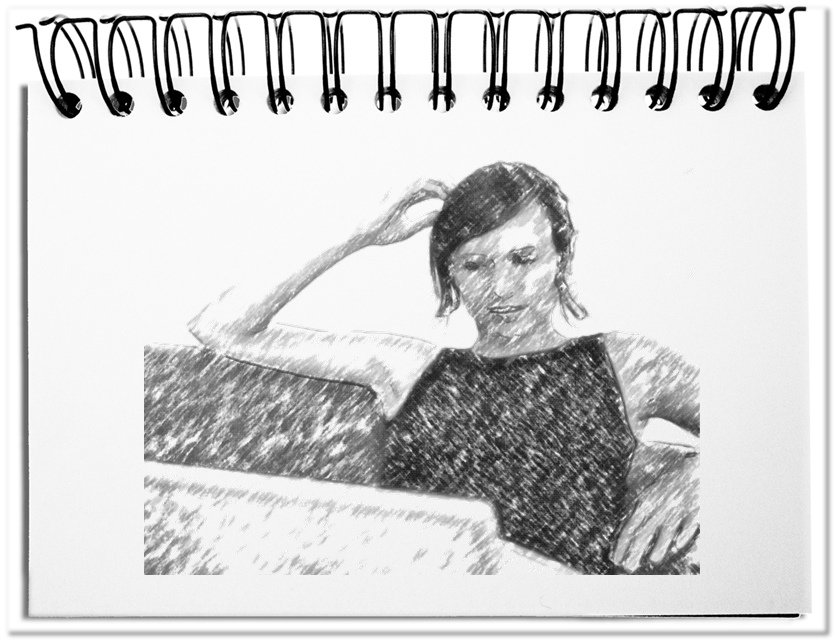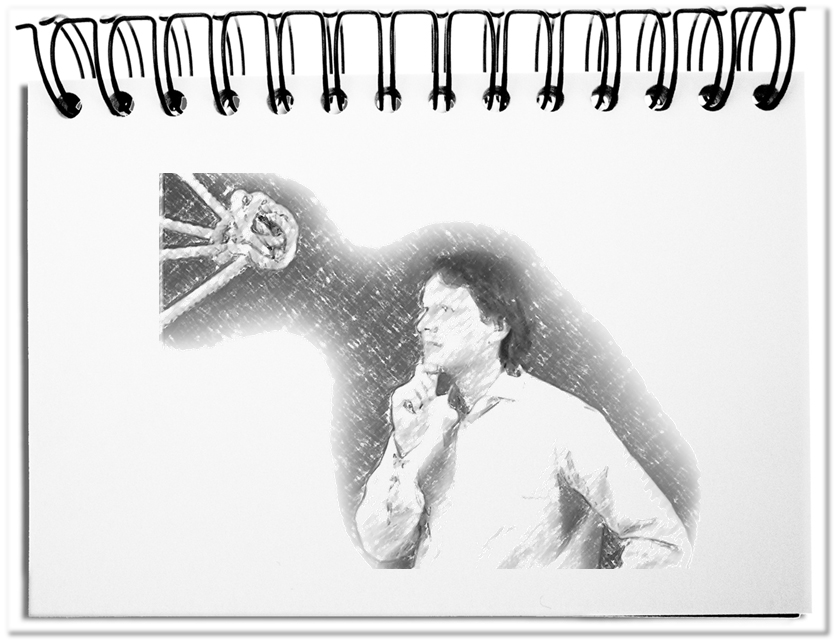It is wrong to believe that everybody must find new things. Ideas alone are not sufficient. They must also be designed, applied and continuously shared. This requires designers, application specialists and communicators. However, without the idea generator there is nothing to convert. Nevertheless many people believe that they should be part of the idea finding. But for some people the white sheet of paper, which has to be filled with the idea, is an insurmountable hurdle. The Way helps out of the unimaginativeness.
If you have no idea and you start copying results without thinking, you cannot choose an idea or you complain about not having time to think, then you need a way out of unimaginativeness. For this purpose the next three steps may help.
- Thinking
Above anything else it is important that you take time for thinking. You can choose how this works best for you. Some people walk around the block and find thereby their solution. Others browse through books or magazines and pick up a thread. Still others need a sheet of paper, which they fill with sketches and scraps of words that result after several iterations in a consistent structure. No matter how, you have to invest time. Without time nothing else remains for you, than leave yourself to the fate of the unimaginativeness. - Developing
After the idea is there, the real work begins. The individual aspects must now be prepared and reconciled. This step follows seamlessly the first one. Now it is important to research and collect facts and eventually to describe a consistent paper that fits into the desired context. This requires more time than first one. For this reason it is suggested to accomplish these elaborations in a team. Based on the first step, you have sufficient material, in order to distribute the work across several shoulders. In addition you receive additional perspectives that lift the concept over the first hurdles of critics. Also in this step you must accept that you have to invest time. - Internalizing
After the paper is ready, it has to fit into reality. This can only be done, after you internalized it. For this purpose, you read the results and consider how you can apply them. Now, you can go into the first application and identify and adapt the last flaws. If you launch too early in the target areas, the flaws grow exponentially and the draft does not have a fair chance to survive. Also the internalization needs sufficient time, in order to achieve their targets.
If you do not start to follow the path, then you already arrived at the goal – or in other words, no sweet without sweat. Exactly the same happens with the unimaginativeness. If you do not take time, in order to think about the circumstances, to develop and to internalize the concept, you remain without ideas. In this case other capabilities do not help.
Bottom line: Ideas do not fall from the sky, but they are the result of arduous and continuous thinking work. It follows the steps of thinking, developing and internalizing. This way out of the unimaginativeness requires effort and time. Not everybody has to walk through each phase. For you it is only important to find out, which part of the way fits best to you.


